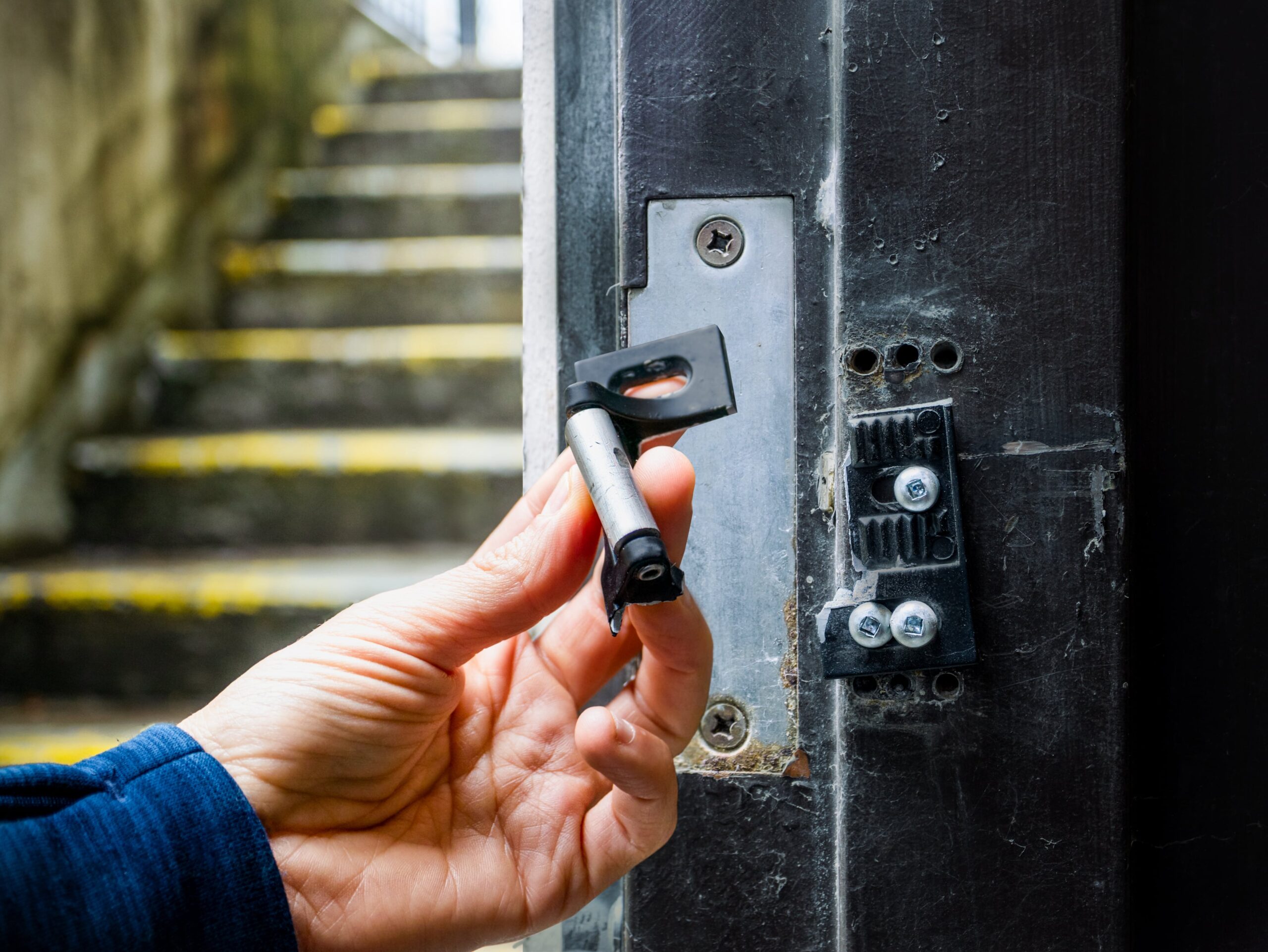
Hidden doors are composed of a number of parts that work together to allow the door to function properly, from its frame to its operational mechanisms. In addition to those internal elements, the door also needs to properly interact with its environment, which could include a variety of types of flooring, seasonal fluctuations of temperatures, frequency of use and the types of people using it.
Any of those variables could lead to times when a door may run into problems. There may be times it just doesn’t open like it used to, it could encounter friction or may need a repair due to an operator error.
These things happen. As an installation that is both creative and functional, secret doors run into a set of common problems. Below are some of those challenges and the remedy that may be needed to restore a secret door to its optimal functionality.
Misalignment over time. Secret doors have the potential to become misaligned over time for a variety of reasons — most often due to a home settling. When that happens, doors no longer meet their original installation specs and their performance suffers. With that potential in mind, we at Creative Home Engineering offer the only secret doors on the market that allow a homeowner to initiate adjustments in the event of a misalignment. Following a proper diagnosis of a misaligned door, a homeowner can turn designated screws at each of the door’s axes to bring the door back into perfect alignment.
Sticking. Similar to misalignment challenges, doors that stick are generally responding to environmental factors — such as humidity or humans. Humid climates, or exposure to persistent moisture, could pose a ripe environment for wood to swell. And humans, particularly young ones, who like to climb on shelves may pose a hazard for a door’s operational integrity. There is also a chance that architectural elements surrounding the door could swell which would then impact the functionality of the door. In any of these circumstances, doors designed and built by Creative Home Engineering allow homeowners to make the needed adjustments with ease.
Security concerns. Not all secret doors are created for pure entertainment. Many of them are built for security, designed to protect people or things — from firearms to valuables to family members. If the secrecy of a door is compromised, if its functionality is somehow discovered by people who shouldn’t know how to operate it, or if any element of it isn’t working property, that is a very real concern for those who rely on the door for protection in some capacity. Luckily, security access changes can be made by a homeowner fairly easily, regardless if the access point is a keypad, an iris scanner or a fingerprint scanner. The technology we integrate into our doors allows for users to easily authorize or deauthorize specific users. In addition, it’s pretty easy to integrate a new access controls, from book switches to busts, after a door has been installed.
Maintenance. “Wear and tear” is a phrase every homeowner is familiar with and many revile. However, secret doors are no exception to the rule that things — from appliances to water heaters to air conditioners — may require regular maintenance. To best understand what to expect when it comes to general maintenance requirements for a secret door, it’s best to discuss those questions with one of our team members. Different doors will require different commitments, and depending on the environment in which the doors are installed, those factors could influence how a door is maintained for optimal performance. For the most part, Creative Home Engineering doors are designed to be maintenance free. What little maintenance that may be required is outlined in the door’s instruction manual.
Proactive measurements. Of all the issues secret doors face, the most common is that it was installed over a floor that is not flat or into an opening that is not plumb. To proactively avoid this situation, it is best to use a laser level to make sure the opening is optimal. Bubble levels are often not as accurate as laser levels and secret doors require precision.
To learn more about how to measure precisely in preparation for a secret door, watch this video.
Creative Home Engineering, a Gilbert, Arizona-based company, is the global leader in designing and manufacturing secret doors. From swinging bookcases to sliding walls to rotating fireplaces and safe rooms, Creative Home Engineering has been an innovative leader in the field of hidden passageway design for more than 20 years. Learn more at www.hiddenpassageway.com.